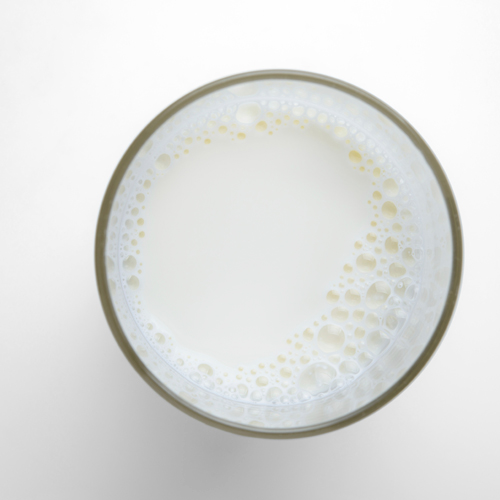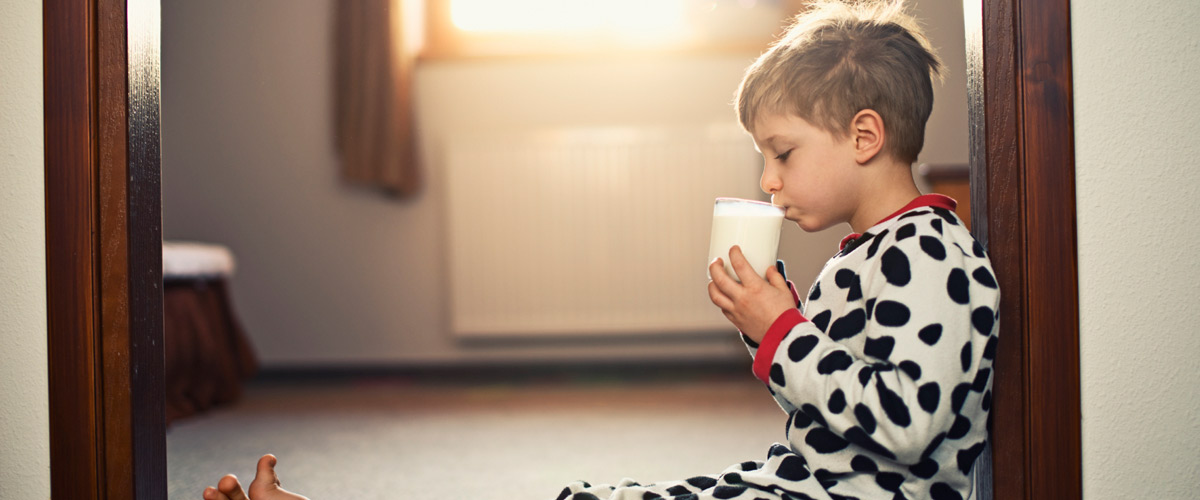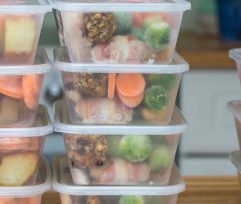Got Milk? Yes? So do I… but it’s time we did a purge of our fridges and markets because the delicious creamy beverage we all grew up with is about as nutritious as a can of soda. For years, milk and many other dairy products have been hailed for their richness in calcium and protein but the reality is us humans don’t stand to benefit from any of it. Here’s why:
1. The Calcium Deficit Effect
 A cup of milk contains about 300mg of calcium. Sounds like a pretty plentiful source, and you’d be right to think so. Promises of stronger bones and taller children kept this myth running for years. The reality is— and this is the case with all animal proteins— our body ends up using its own calcium (mostly from our bones) to bring down the level of acidity in our body which is increased with milk consumption. Once your body has done this correction of its PH level the net calcium is lost in urine and the result is a calcium deficit.
A cup of milk contains about 300mg of calcium. Sounds like a pretty plentiful source, and you’d be right to think so. Promises of stronger bones and taller children kept this myth running for years. The reality is— and this is the case with all animal proteins— our body ends up using its own calcium (mostly from our bones) to bring down the level of acidity in our body which is increased with milk consumption. Once your body has done this correction of its PH level the net calcium is lost in urine and the result is a calcium deficit.
2. Cause the U.N. Told Us To…
“As the global population surges towards a predicted 9.1 billion people by 2050, western tastes for diets rich in meat and dairy products are unsustainable” said the UNEP in their latest report. Professor Edgar Hertwich, one of the lead authors of the report, said: “Animal products cause more damage than [producing] construction minerals such as sand or cement, plastics or metals. Biomass and crops for animals are as damaging as [burning] fossil fuels.” There is enough evidence in this report to recognize that is issue is of immediate concern to our global collective health.
3. A Higher Risk of Osteoporosis
A massive study was done in Sweden of over 100,000 people over the course of 20 years. The objective of the study? “To examine whether high milk consumption is associated with mortality and fractures in women and men.” What they found should be taken with a grain of salt, as with any study, because there are always other environmental factors to consider. High milk intake was associated with higher mortality and a greater incidence of bone fracture in women. Groups that consumed less than a glass a day were in far better shape with lower risks of fracture and osteoporosis.
The bottom line is there are many healthier, more sustainable and affordable sources of calcium, protein and vitamins. Next time you find yourself in the produce section, pull out your phone and just ask google how much calcium is in cabbage, spinach, kale or whatever else you’d like on your plate for dinner. I think you’ll find that there’s more than enough calcium there to leave the milk for the calves.




